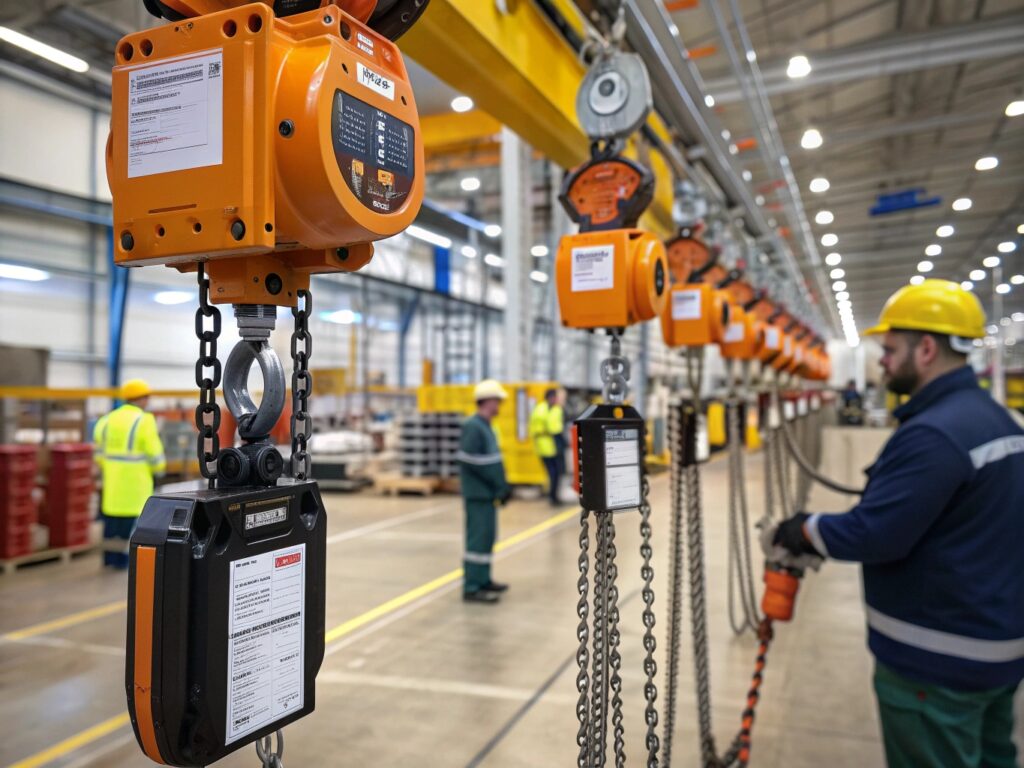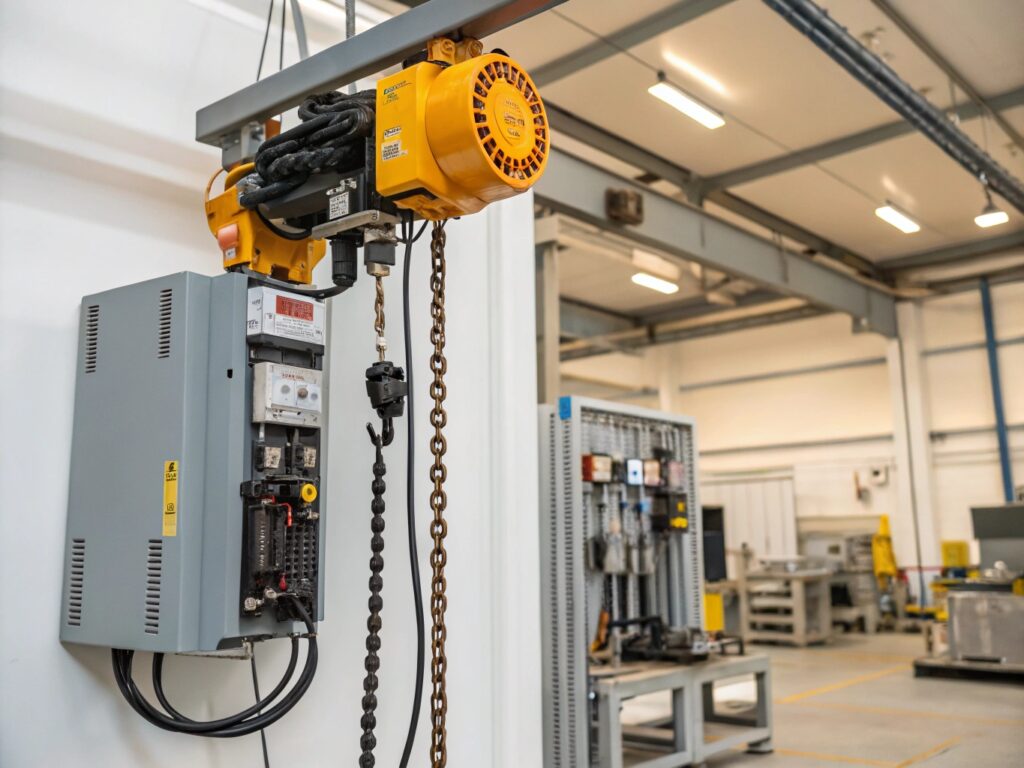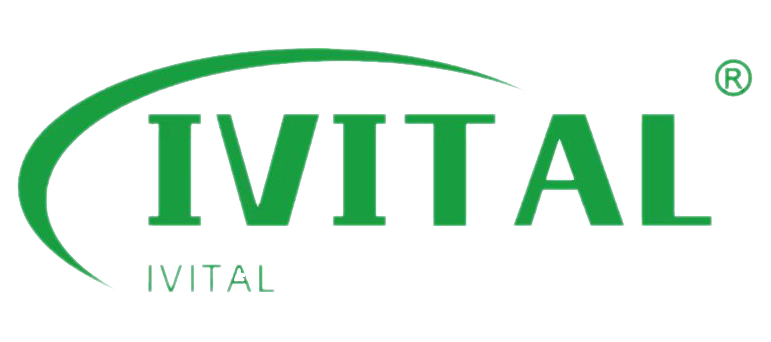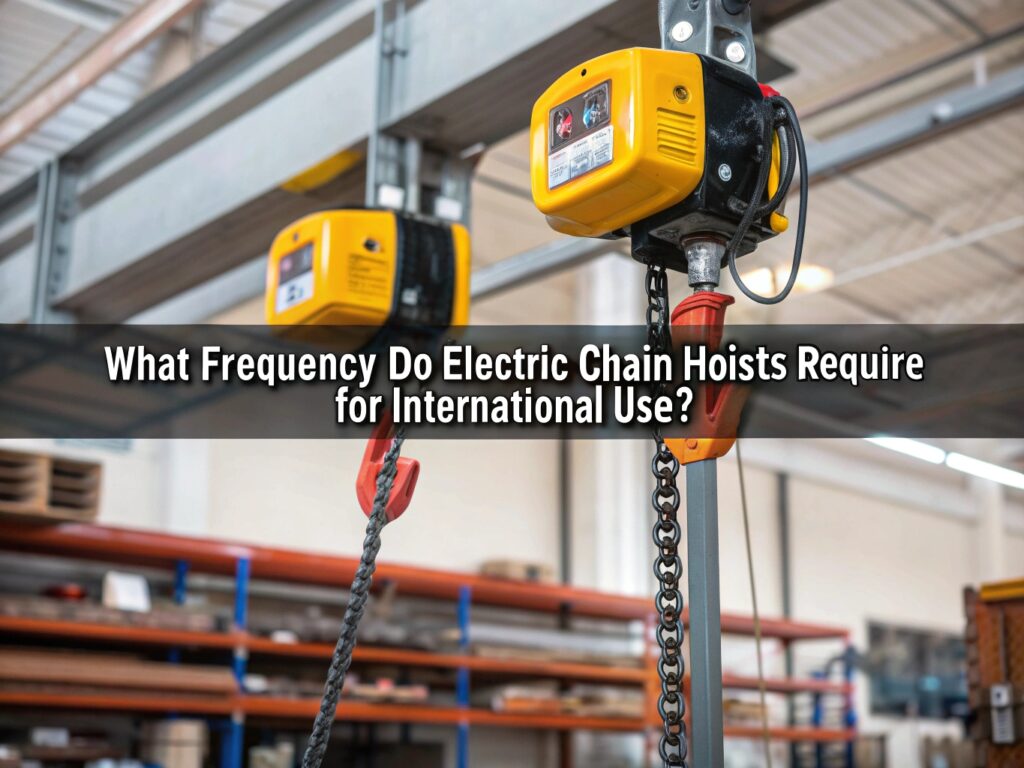When you’re choosing an electric chain hoist for use in different countries, the frequency of the power supply is crucial. Different regions have different electrical frequencies—either 50 Hz or 60 Hz. Using the wrong frequency can lead to operational disruptions and costly damage. Understanding these differences will help you make the right choice.
Electric chain hoists require either 50 Hz or 60 Hz depending on the region. Regions like Europe, Asia, and Africa use 50 Hz, while North America uses 60 Hz. Mismatching the frequency can cause overheating or malfunctioning.
Now, let’s dive into how to handle these frequency issues and ensure smooth operation across various countries.
[Table of contents]
- What Is the ISO Standard for Hoists?
- What Is the ASME Code for Hoists?
- How Do You Choose the Right Frequency for Electric Hoists?
- How Do Frequency Converters Help with International Hoists?
- What Are Dual Frequency Hoists and Why Are They Important for Global Use?
What Is the ISO Standard for Hoists?
When dealing with hoists, there are certain global standards you need to know. The ISO 10535:2021 standard sets the requirements for hoists, especially those used to transfer people. Knowing these standards ensures that the equipment you choose meets safety and operational guidelines, particularly if you’re dealing with international regulations.
ISO 10535:2021 specifies safety and performance guidelines for hoists used in transferring persons. It is essential for ensuring your hoists are compliant with international safety standards.

Dive Deeper into ISO Standards
ISO standards like ISO 10535 help ensure safety in regions where electrical safety is paramount. For example, in many European countries, these standards are strictly followed. If you are using hoists in regions that require these standards, it’s essential to check compliance when choosing your equipment.
ISO not only helps with operational safety but also ensures that hoists can be used globally without issues related to regional safety standards. This is a key consideration for international operations.
What Is the ASME Code for Hoists?
The ASME B30.16 code is important if you’re using hoists in North America. It governs the design, installation, and maintenance of hoists. Understanding this code helps ensure that you follow proper safety protocols, avoiding costly mistakes in construction or industrial environments.
ASME B30.16 is the code that governs powered hoists in North America. It ensures that hoists are designed, tested, and maintained for safety and reliability.

Dive Deeper into ASME Standards
The ASME B30.16 code covers a wide range of criteria, including how hoists should be built, maintained, and inspected. If you’re planning to use hoists in North America, this code is your go-to guide for safety practices and operational standards. It’s also useful to reference ASME standards when operating across regions, as it provides a baseline of safety protocols.
How Do You Choose the Right Frequency for Electric Hoists?
Choosing the right frequency is crucial. Countries typically use either 50 Hz (e.g., Europe, Africa, and most of Asia) or 60 Hz (e.g., North America). Always check the frequency of the local power grid before purchasing hoists. If you get it wrong, the hoist could overheat or fail to operate correctly.
To ensure proper operation, you must choose a hoist that matches the frequency of the region. 50 Hz is standard in Europe and Asia, while 60 Hz is used in North America.
Dive Deeper into Frequency Selection
When choosing a hoist, consider the operational environment. For example, if your operations span across regions with different power frequencies, you’ll need equipment that can handle both. This is where dual-frequency hoists or frequency converters come into play. These devices make it possible to use the same equipment in different regions without facing technical difficulties.
How Do Frequency Converters Help with International Hoists?
A frequency converter can adapt your hoist to different power grids. For example, if you’re in a country with a 50 Hz frequency, but your hoist is designed for 60 Hz, a frequency converter will adjust the electrical supply to match the hoist’s requirements.
Frequency converters allow you to use a hoist designed for one frequency (like 50 Hz) in regions with a different frequency (like 60 Hz), ensuring smooth operation.

Dive Deeper into Frequency Converters
Using frequency converters is an excellent way to ensure your hoists function properly in different countries. They’re especially useful when operating globally, as they offer flexibility with equipment. Whether you’re operating in a 50 Hz or 60 Hz region, these converters make sure your equipment runs without issues, protecting your investment.
What Are Dual Frequency Hoists and Why Are They Important for Global Use?
A dual-frequency hoist is designed to operate at both 50 Hz and 60 Hz. These hoists are perfect for companies with international operations, as they can be used in any country without worrying about frequency incompatibilities.
Dual-frequency hoists can handle both 50 Hz and 60 Hz, making them ideal for global operations. They eliminate the need for separate equipment for each region.
Dive Deeper into Dual Frequency Hoists
Dual-frequency hoists are a game-changer for businesses operating across multiple countries. Instead of worrying about the frequency of the power supply, you can rely on one hoist to handle both types. This not only saves on equipment costs but also streamlines operations, as you won’t need to constantly switch out hoists depending on the region.
Conclusion
Choosing the right frequency for electric hoists is key to preventing costly mistakes. Whether you opt for frequency converters or dual-frequency hoists, the right equipment will keep your operations running smoothly across the globe.



